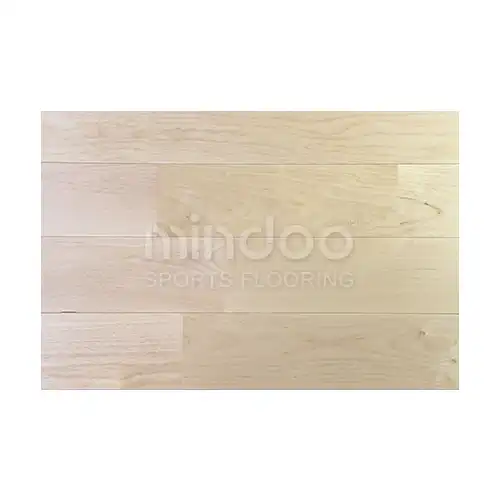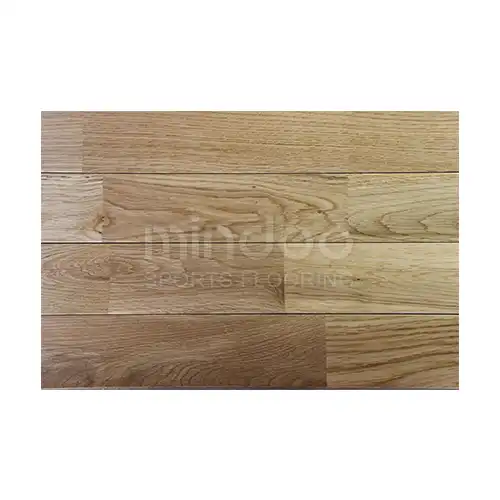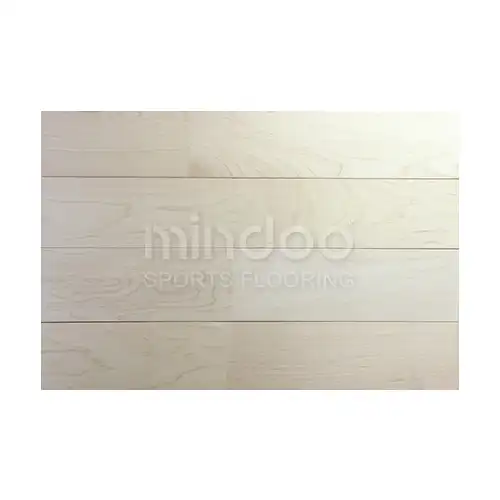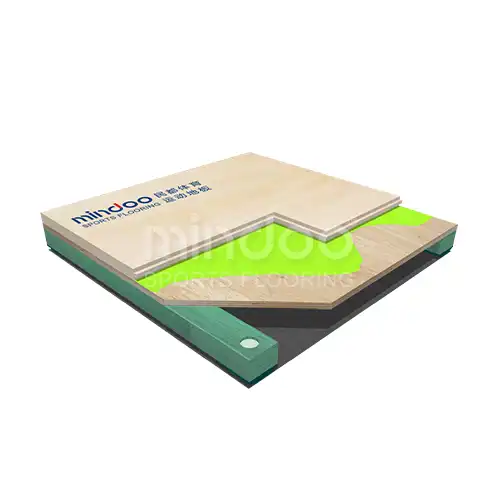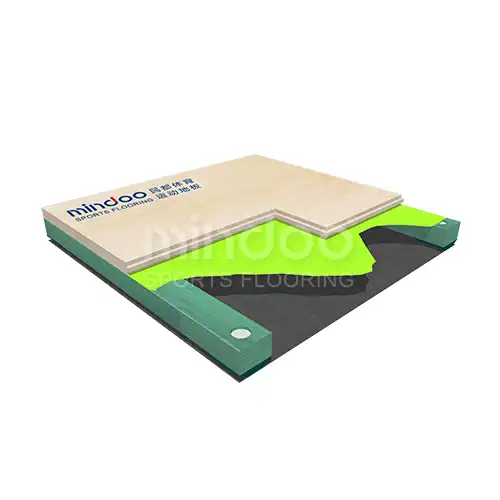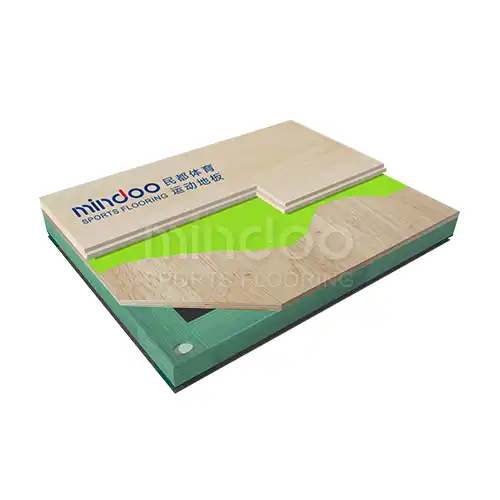How to Choose the Right Sports Wood Flooring: A Simple Guide for Consumers
When it comes to selecting sports wood flooring, knowing what to look for is crucial. A quality wood floor can make a significant difference in both the performance and safety of athletes. Whether it’s a basketball court, volleyball gym, or dance studio, the right flooring provides comfort, durability, and safety. In this guide, we’ll break down the key factors to consider when choosing sports wood flooring, from wood selection to installation.

1. Choosing the Right Wood: It All Starts Here
The type of wood used for sports flooring plays a key role in its overall quality. Here’s what you should keep in mind:
- Wood Species: The best sports wood flooring typically uses hardwoods like maple, oak, or beech. These types of wood are known for their strength, durability, and consistent texture, which are crucial for withstanding high-impact sports. Maple is the most commonly used because it’s dense, resilient, and offers excellent shock absorption.
- Moisture Content: Wood must be properly dried to prevent future problems. The moisture content should be between 6-9%. Too much moisture can lead to warping and cracking, while too little moisture can cause the wood to become brittle and prone to damage.
- Stability: Stability is another important factor. The wood should be resistant to changes in temperature and humidity. High-quality wood flooring will maintain its shape and performance over time, regardless of environmental changes.
2. The Manufacturing Process: Quality Control is Key
Even the best wood needs to be processed properly to ensure long-term durability and performance. Here’s what to look for in the manufacturing process:
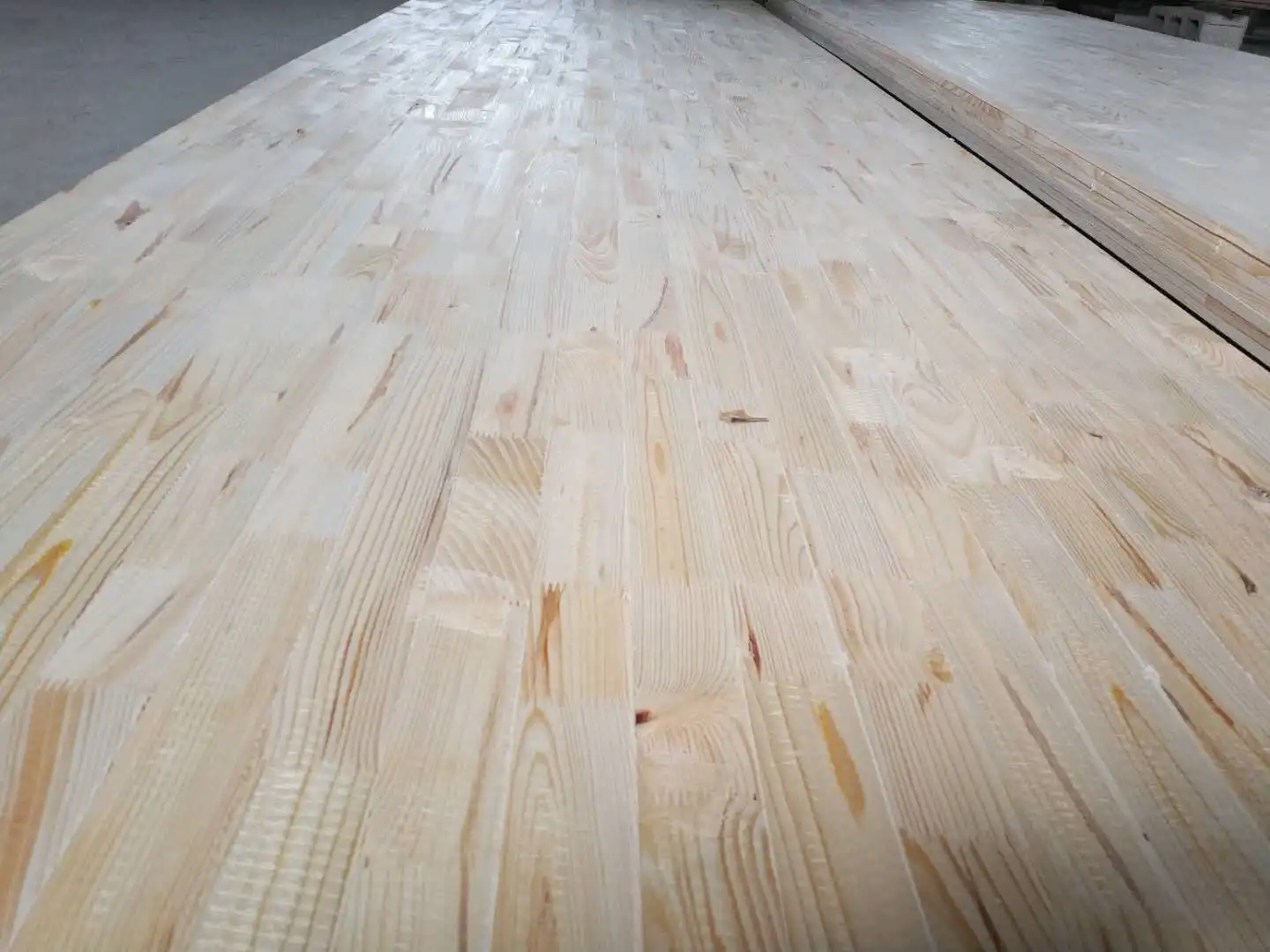
- Surface Finish: A good sports floor should have a durable, high-performance finish that protects it from wear and tear. Most sports wood floors are treated with multiple layers of protective coating that not only enhance durability but also provide a non-slip surface for athletes.
- Layered Construction: Many sports wood floors are built in layers, with the top layer made from premium wood and the bottom layers providing structural support. This layered design enhances strength, reduces the risk of warping, and improves stability.
- Adhesive Quality: The type of adhesive used in manufacturing is crucial. High-quality wood flooring uses eco-friendly, water-resistant adhesives, ensuring that the layers bond securely under pressure.
3. Installation: Getting It Right Matters
Proper installation can make or break the quality of your sports floor. Even the best materials can result in issues if installation is done poorly. Here’s what to keep in mind:
- Level Surface: The floor must be completely level before installation. Uneven surfaces can cause parts of the wood to lift or shift over time, affecting both the appearance and performance of the floor. The maximum deviation should be no more than 2mm.
- Installation Method: There are two main installation methods: floating and fixed. Floating floors are easier to install and maintain, while fixed floors offer better stability. The choice depends on your needs and the type of sports facility.
- Moisture Protection: In areas with high humidity, it’s essential to install a moisture barrier under the wood to prevent the floor from expanding or shrinking. This is especially important for gymnasiums or indoor sports courts.
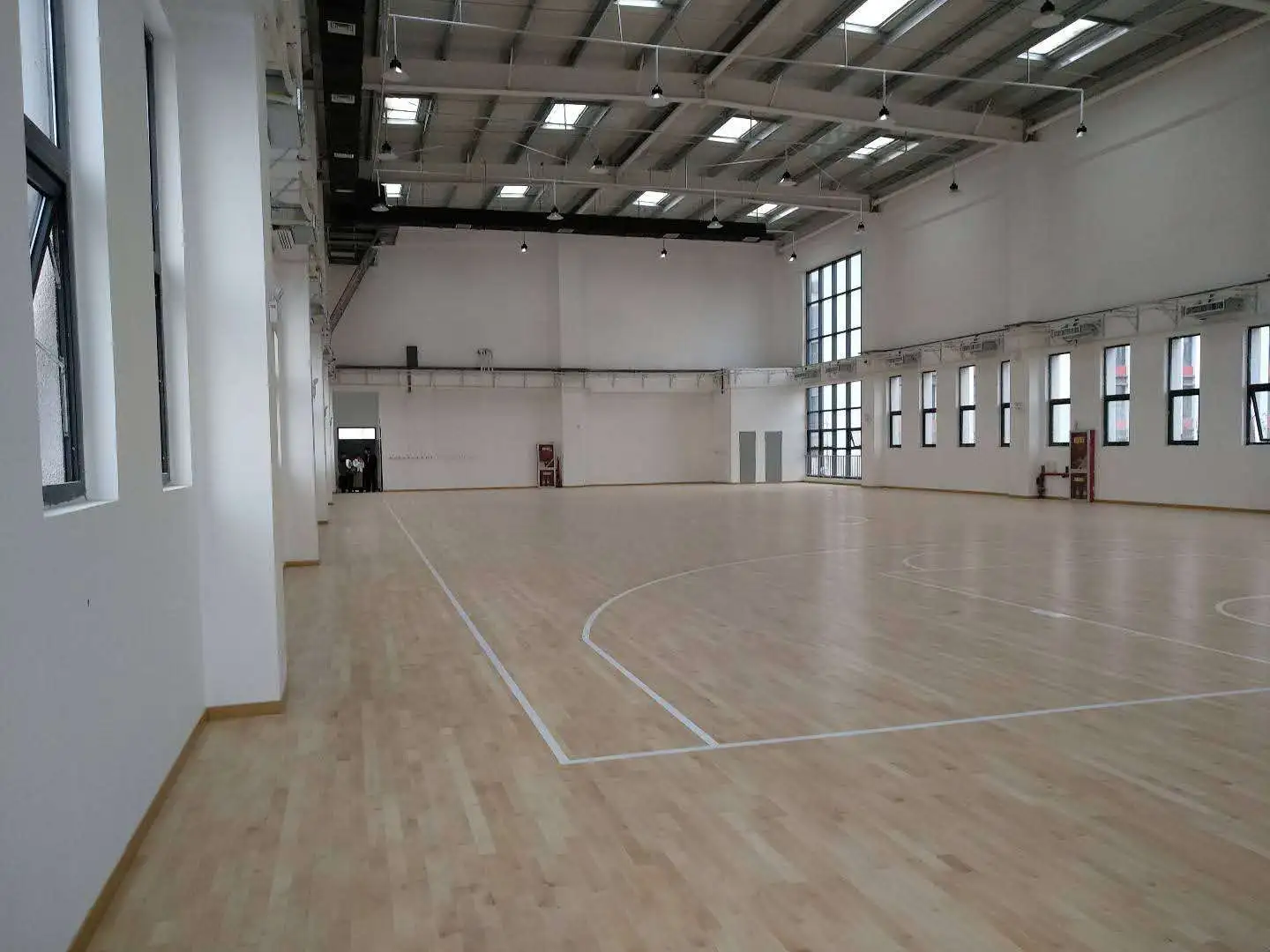
4. Certifications and Standards: The Proof Is in the Details
To ensure that your sports floor meets the required standards, look for certifications that guarantee quality. Certifications like FIBA (International Basketball Federation) or ISO 9001 indicate that the flooring meets international standards for performance and safety.
These certifications show that the flooring has undergone rigorous testing and is suitable for professional sports environments. It’s a clear sign that you’re investing in a floor that will stand the test of time.
Remember, the right sports flooring not only enhances performance but also ensures the safety of everyone using the space. Whether you’re outfitting a high school gym, a community center, or a professional arena, understanding these key factors will help you choose the best flooring for your needs.
